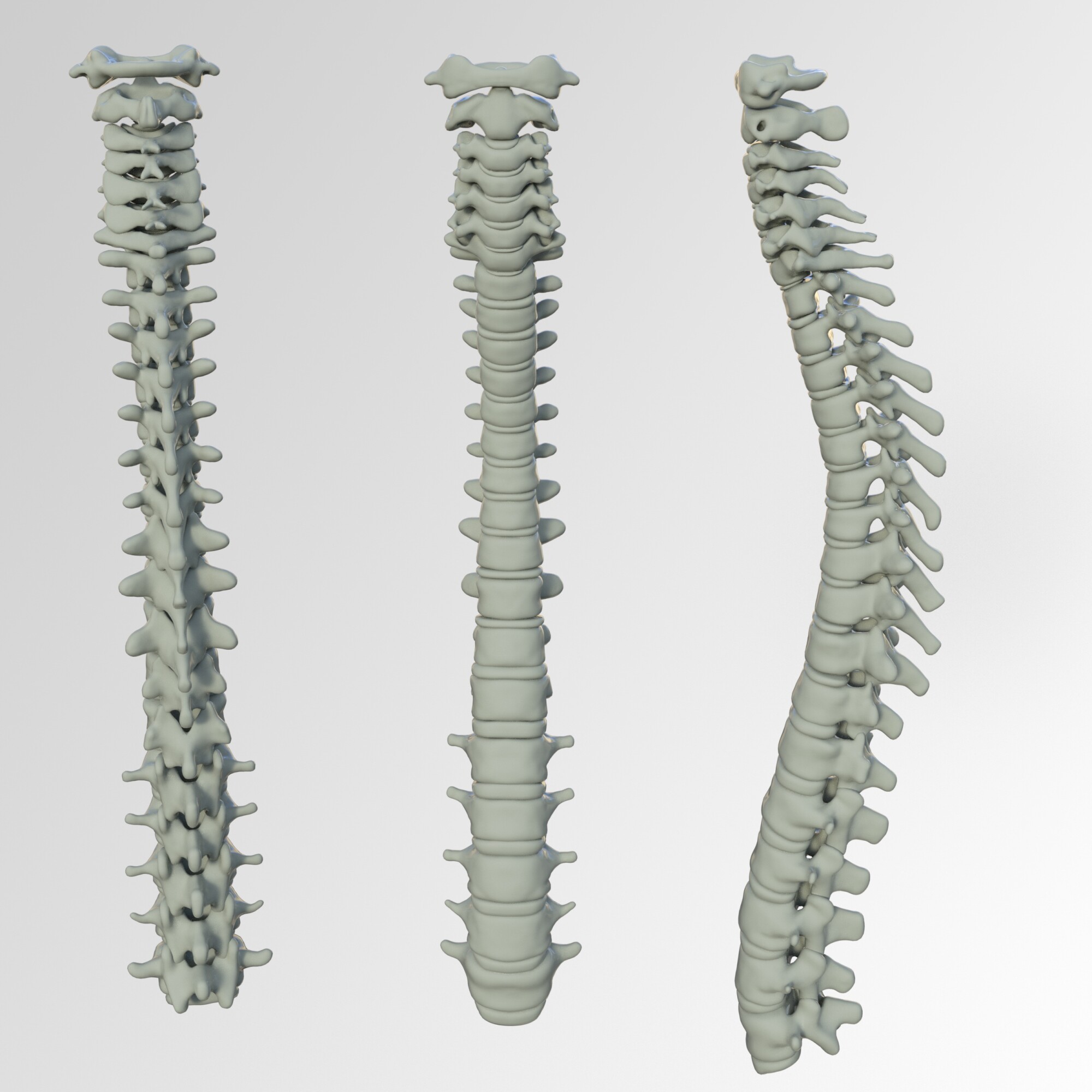If someone tells you they’ve got a backache, you wouldn’t be surprised as it’s so common. There seem to be so many causes of this complaint. Hard physical work or a sedentary lifestyle are likely to cause problems.
It seems that just living life is enough to upset your back at times. What if it’s a child complaining of back pain? Surely that’s not normal.
You may be surprised to know that the prevalence of back pain in children can be as high as 24 percent; that’ nearly 1 in 4 children. In this article, we’re going to give you the information you need so that you can understand the difference between what’s normal for children to experience, and what could be something serious that needs proper investigation.
Common Causes of Back Pain
From the statistic above, you can see that back pain is quite common in children. Acute periods of pain can even be expected as children grow up and get involved in various sports and other demanding physical activities that put a strain on the back muscles. Pain associated with muscle strain or fatigue will pass, so if the pain persists then this could be a warning sign of something more serious.
Apart from muscle-related pain, sometimes children experience a dull aching pain in their back as a result of constipation. As fecal matter builds up within the intestine, there is a physical expansion that’s quite close to the back, which can cause dull pain and significant discomfort. As the constipation is relieved so will the back pain.
Another cause of back pain worth mentioning is the use of a backpack that is too heavy for the child. As a rough guide, the backpack should not be heavier than 10 to 15 percent of the child’s body weight. If you do the math, you will realize that’s not very heavy at all; so before you rush to the doctors, weigh your child’s backpack.
Back Problems in Children
Most of the problems mentioned above are all self-inflicted to some degree. That means they can often go away with some practical adjustments. However, some problems affect the structure of the spine itself, which can give rise to pain. Here are a few you should know about.
Spondylolysis
This isn’t to be confused with Spondylosis, which is an age-related degenerative condition of the spine. Spondylolysis, however, is a sort of stress fracture on the spine as a result of trauma. Children that develop this type of problem tend to be involved in demanding sports like football or gymnastics etc.
Children can be vulnerable to this condition because they’re still growing and so their spine is not as solidly formed as an adult. The pain that ensues tends to be in the lower back region and can affect the buttocks and legs.
Scoliosis
This is an abnormal curvature of the spine. There are several causes, one of which is thought to be genetic as it can run in families. Sometimes, there is no known cause.
This condition doesn’t always cause pain but back pain certainly can be present. It stands to reason the more severe the spinal curvature, the more discomfort and impact it can have on someone’s life. Generally, when the growing process has finished, the spine will not increase its curvature.
Herniated Disc
The normal spine is structured so that between each disc there’s a sort of cushion-like material that buffers the impact and stress between the discs. This cushion can become ruptured so that it’s displaced to some degree and then affects the spinal cord or sensitive nerves close by.
Similar to Spondylolysis, this can be the result of trauma to the spine. The resulting pain can affect wherever the herniation has occurred and also the legs. Other associated symptoms are numbness and tingling sensations in the limbs.
Abscess or Tumor
A spinal abscess can form following an infection in the spine. As the body fights off that infection, a swollen mass made up of pus can form. This causes sharp pain in the back that radiates to the limbs.
On the other hand, a tumor is not the direct result of an infection but it’s the accumulation of cells as they multiply without any real purpose. This forms a mass that can impinge on other sensitive structures within the spine.
Common Investigations and Treatments
Investigation begins with gathering a very careful medical history. This is very useful in the case of traumatic causes of injury to the spine. Besides this, there will be many different forms of imaging studies such as CT, MRI, DEXA, Ultrasound, and blood tests.
Blood tests will help identify if there’s an infection in the body, which can also inform possible treatment using antibiotics. If the cause is the result of trauma, then rest is a major part of the care. Surgical intervention may be advisable to relieve pressure or remove an unwanted mass from the spine.
Less invasive treatment is based on therapeutic approaches to correcting the function and form of the spine. Hildebrand Chiropractic clinic is another example of the type of therapy that can ease pain and improve function.
Don’t Ignore a Child Complaining of Back Pain
In this article, you’ve read about various causes of back pain in children. A child complaining of back pain is not a medical emergency in itself but it must never be ignored. The warning signs to keep in mind are constant pain, general signs of illness like fever, pain, numbness, or weakness in the extremities.
Keep this article as a quick reference, so that if your child experiences back pain you will be able to discern if it’s just part of the bumps in life or if it needs the attention of the doctor. Check out other super helpful articles on the website that will help you with family life.
